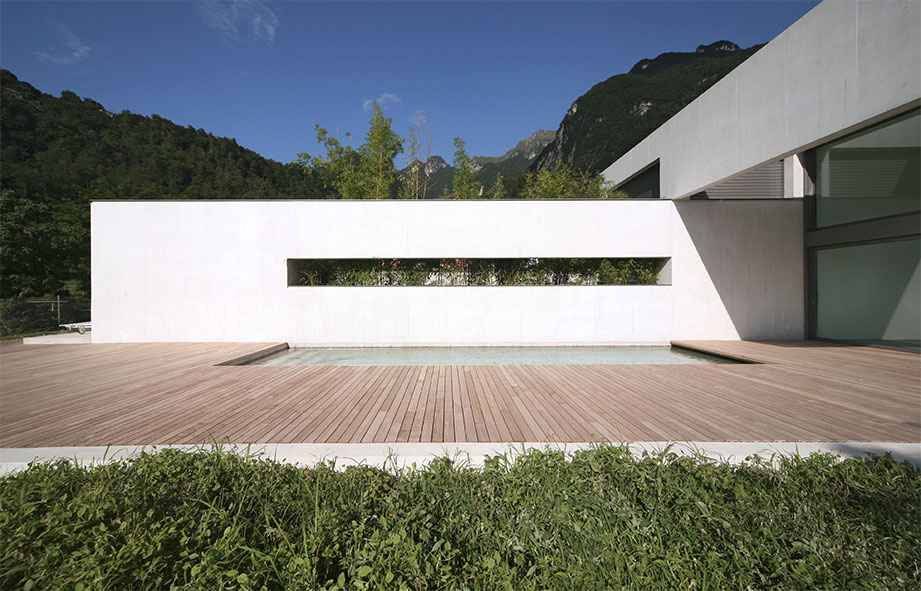The Interplay Between Architecture and Human Longevity
Architecture, the art and science of designing and constructing buildings, has a profound impact on human health and well-being. In recent years, there has been a growing interest in exploring how architectural design can contribute to promoting longevity and enhancing the quality of life for individuals as they age. This article delves into the interplay between architecture and human longevity, examining how design principles can support healthy aging and foster environments conducive to longer, healthier lives.
Designing for Aging in Place:
One of the key considerations in architectural design for longevity is creating spaces that support aging in place. This approach focuses on designing homes and communities that enable individuals to remain in their residences as they grow older, maintaining independence and quality of life. Features such as single-floor living, wider doorways and hallways for wheelchair accessibility, and lever-style door handles and faucets for ease of use are examples of design elements that accommodate the changing needs of aging occupants.
Promoting Active Living:
Architectural design can also play a role in promoting active living, which is essential for maintaining physical and mental health as people age. Incorporating features such as walkable neighborhoods, well-lit sidewalks, and accessible outdoor spaces encourages residents to engage in physical activity, reducing the risk of chronic diseases and promoting longevity. Additionally, designing buildings with amenities such as fitness centers, swimming pools, and walking trails further supports an active lifestyle for older adults.
Creating Age-Friendly Environments:
Age-friendly design principles aim to create environments that are accessible, inclusive, and supportive of people of all ages and abilities. This approach involves considering factors such as universal design, which ensures that spaces are usable by individuals with diverse needs, and dementia-friendly design, which incorporates features to support those living with cognitive impairments. By designing buildings and communities that prioritize safety, accessibility, and comfort, architects can create environments that enhance the quality of life for older adults and promote longevity.
Integrating Nature and Biophilic Design:
Nature has a profound impact on human health and well-being, and incorporating natural elements into architectural design can promote physical and mental well-being, ultimately contributing to longevity. Biophilic design principles emphasize the integration of nature into the built environment, incorporating elements such as natural light, views of greenery, and access to outdoor spaces. By connecting occupants with the natural world, biophilic design fosters a sense of calmness, reduces stress, and enhances overall health, supporting longevity.
Architecture plays a significant role in shaping the environments in which we live, work, and age. By incorporating principles of aging in place, promoting active living, creating age-friendly environments, and integrating nature into design, architects can contribute to promoting human longevity and enhancing the quality of life for individuals as they age. Through thoughtful design interventions, architecture has the power to support healthy aging and create environments that enable people to live longer, healthier, and more fulfilling lives.

